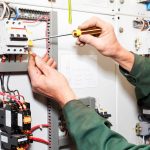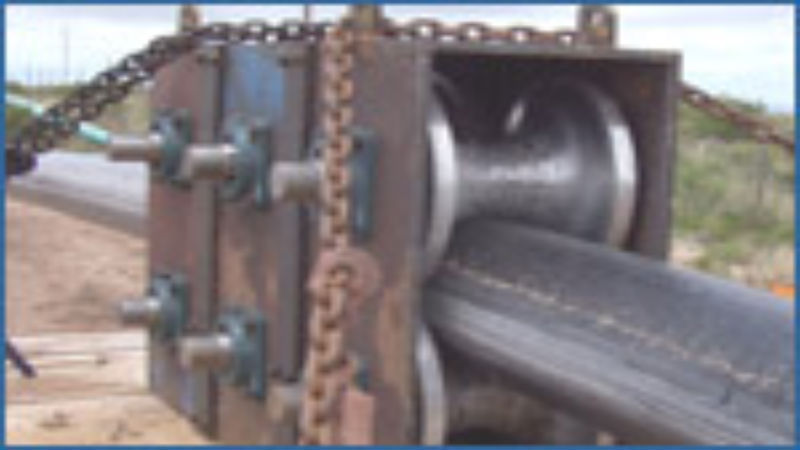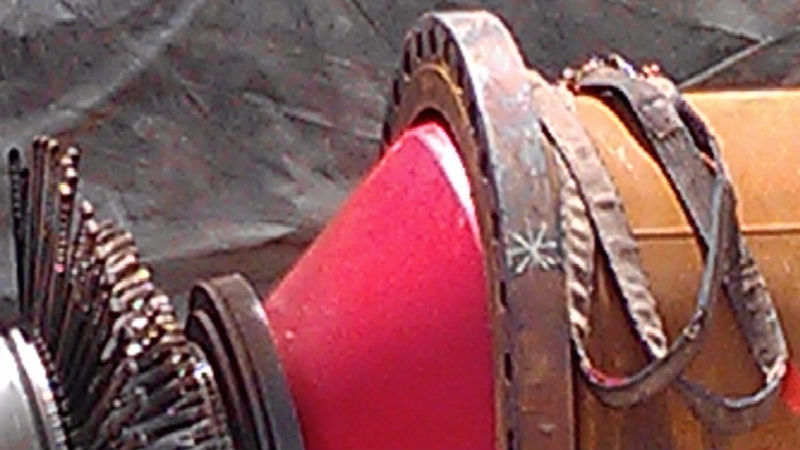The use of HDPE (High-Density Polyethylene) pipe in municipal water systems, mining, oil and gas and in industrial applications continues to grow. This pipe within a pipe system allows for the HDPE liners to insert into traditional pipes to create a barrier to prevent corrosion of the original pipe and reduces blockages and flow reduction due to scale and biological material collecting in the pipe.
At the same time, the strength of the original pipe is utilized, and the change in interior diameter is minimal, resulting in no decrease in flow through the pipe system. Effective, efficient and very safe, this type of system offers the best of all possible options for existing pipes.
While it is possible to have minimal need for fusion in many pipes and systems, connecting the ends of the pipe required the use of HDPE pipe fusion equipment and technology. Fusing correctly provides a smooth, even connect that is uniform and designed to provide a leak-frees connection.
The Process
It is important for HDPE pipe fusion to be carried out by certified technicians with training to meet all required standards. There are specific standards based on the various industries. This ensures correct method and system are used to not only fuse the HDPE pipe but also to check for possible leaks or irregularities that can increase the risk for problems in the future.
There are different steps involved in HDPE pipe fusion. They have to be completed based on the specific type of HDPE pipe used, and the thinner the pipe or the liner the more exacting the process will be.
The basic process can be divided into four steps. First, the ends of the pipe are clamped in place in the fusion equipment. Then, the pipe ends are faced by the machine. This facing step provides an even, completely parallel cut on either side. This is essential for the uniformity of the areas to be joined.
Next, the two sides of the HDPE pipe are heated to the specific temperature required. This is called the melt pattern, and it is essential that the correct temperature is obtained on both sides of the pipe.
Finally, the equipment moves the two heated surfaces of the pipe together with a specific amount of force. The fused pipe is held, without moving, to allow the fused surface to cool and bond, creating a leak-proof and completely uniform fusion of the two.







